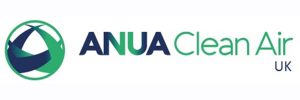Warrenpoint WwTW (2023)
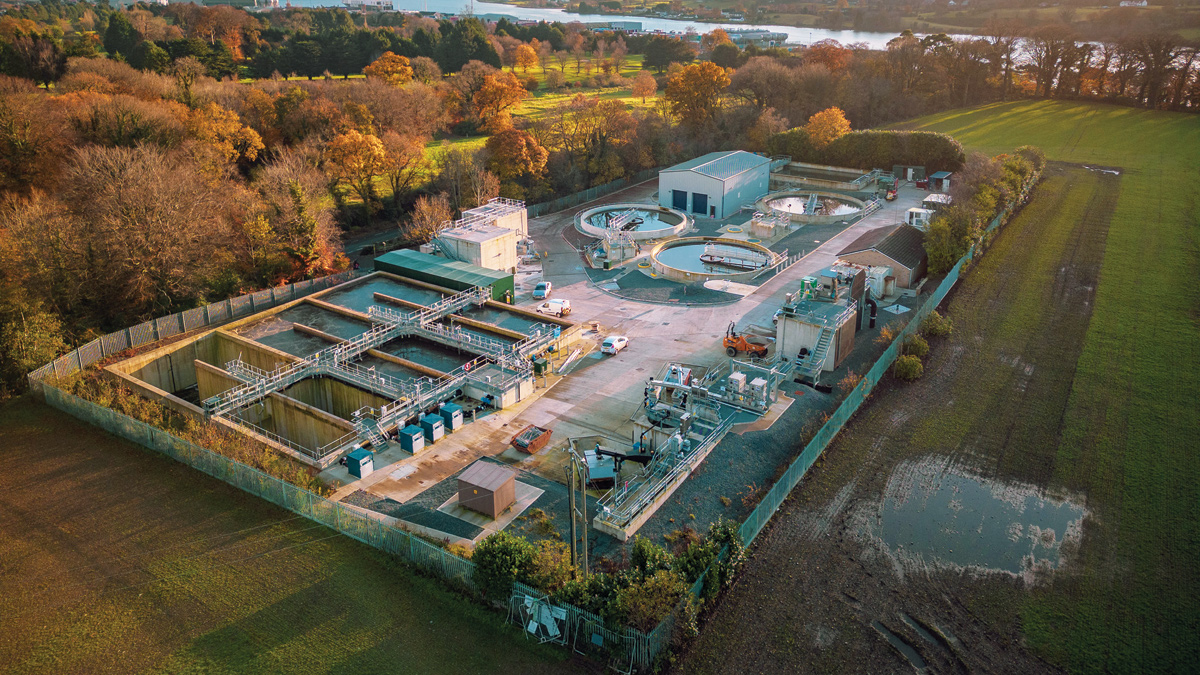
Warrenpoint WwTW Phase 2 complete - Courtesy of NI Water
Warrenpoint is a small town in County Down, situated on the northern shore of Carlingford Lough, approximately 7 miles south-east of Newry. The shared water of Carlingford Lough marks the border between Northern Ireland and Ireland. Due to its scenic beauty and coastal location, Warrenpoint is popular with day trippers and the town can experience an influx of visitors during the summer months. Warrenpoint WwTW is located to the western edge of the town approximately 250m from the lough shoreline. Originally constructed in 1976, Warrenpoint WwTW serves Warrenpoint itself and the neighbouring villages of Rostrevor and Burren. NI Water identified a number of upgrade requirements at Warrenpoint WwTW, and planned these over two phases: Phase 1 to be undertaken as part of the EU-funded SWELL (Shared Waters Enhancement & Loughs Legacy) Project, and Phase 2 following seamlessly on by NI Water.
Existing works
The original plant comprised an inlet works (6mm fine screening and grit removal), four activated sludge basins (treatment process using aeration) and two final settlement tanks. Stormwater storage, sludge treatment and a sludge storage tank were also present to support the process.
The existing works was designed for a population equivalent of 16,195, with treated effluent being discharged via a 300m long, 450mm diameter outfall pipe directly into Carlingford Lough.
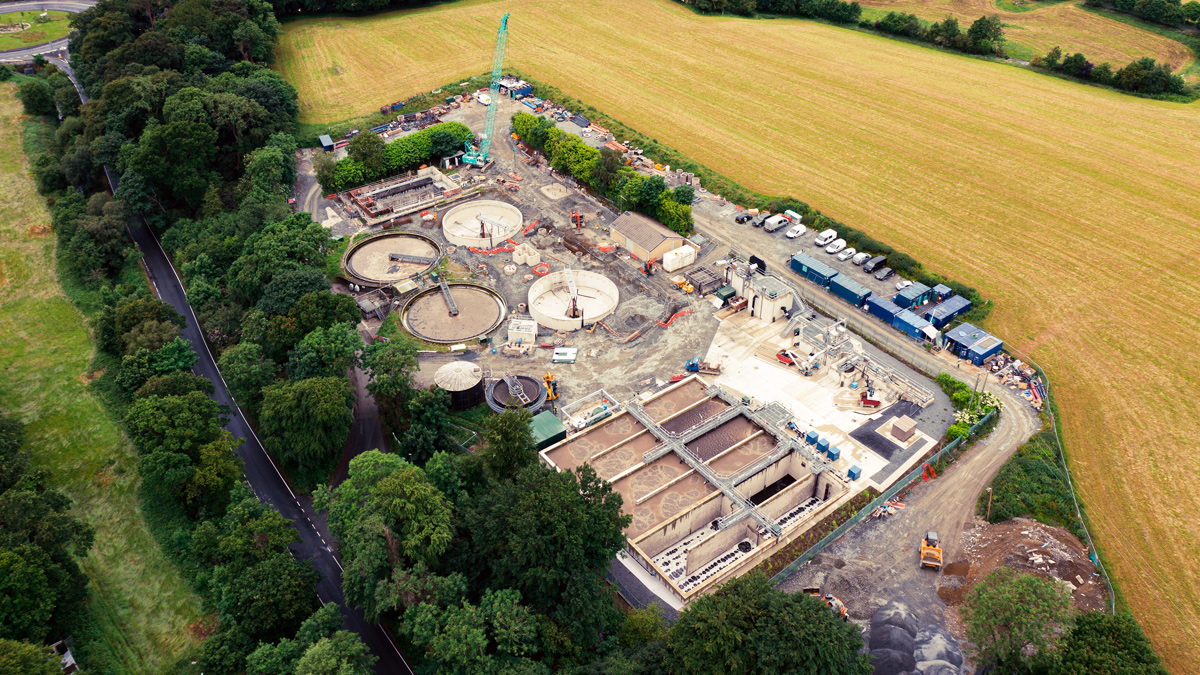
Construction work in progress (June 2021) – Courtesy of NI Water
Need for upgrade
Investigations showed that Warrenpoint WwTW was receiving flows from a population equivalent of 16,295. This meant that the works was operating beyond its intended design capacity and operational problems resulted from excessive flows being pumped to the inlet works. This problem was exacerbated by network infiltration/tidal ingress and inadequate flow balancing at the WwTW, resulting in unattenuated flows, premature use of storm tanks in dry weather conditions, and loss of untreated wastewater loading to Carlingford Lough. Ultimately, the limited treatment capacity in the existing works was restricting development within the Warrenpoint catchment.
The age of the works meant that existing equipment was at the end of its design life, which led to operational inefficiencies. There is also an aspiration for the Narrow Water Wildfishery to progress towards a Class A status shellfish area and the lack of tertiary level treatment and disinfection at the existing works was a barrier to this aspiration.
What the upgrade involved
The Phase 1 SWELL Project concentrated efforts on alleviating immediate pollution problems through the installation of a new inlet works, inlet balance tank and screens. This phase also provided three activated sludge lanes for improved biological treatment. As well as addressing the overloading issue at the works and potential loss of wastewater to Carlingford Lough, Phase 1 also ensured that the first step in addressing treatment capacity was achieved.
The second phase completed the requirements for increased treatment capacity through the provision of new secondary treatment capabilities. In addition, microbial reduction through tertiary level treatment and disinfection, and phosphorus reduction through ferric dosing, ensured compliance with the predicted more stringent discharge consent in accordance with NI Environment Agency requirements.
Significant improvements were also made to the sludge handling facilities; reducing operational expenditure and carbon footprint associated with tanker movements.
The end result of the two-phase project is a modern wastewater treatment works that is capable of providing a high-quality effluent for a population of 21,146, providing catchment growth over a 25-year period, improving operational efficiency, and contributing to the quality of the shellfish area in the receiving watercourse.
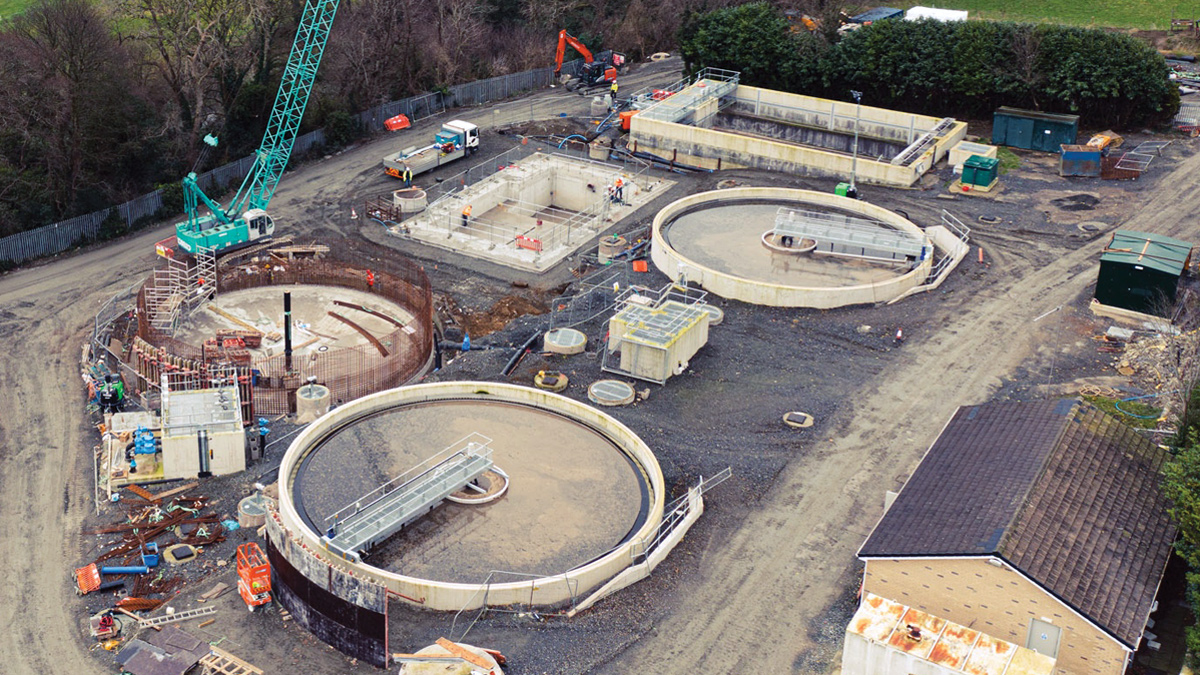
Construction progress (January 2022) – Courtesy of NI Water
Project team
In order to reduce time between phases, achieve continuity of output and build on project team relationships, the project team in Phase 1 was engaged to deliver Phase 2 of the project.
This model ensured that Phase 2 design development could take place during Phase 1 and resulted in a direct continuation with no downtime on site between phases.
As main contractor, GEDA Construction had overall responsibility to deliver the project on time and within budget. They succeeded in doing this by working in collaboration with NI Water, project managers McAdam, key suppliers, and sub-contractors to identify and prepare for key milestones for the project.
Atkins provided civil, structural, and geotechnical design services, including the initial enabling and investigatory works through to optioneering/outline design and detailed design for construction.
Water Solutions Ireland (WSI) carried out a full turnkey MEICA, process design and build solution for the upgrade.
Warrenpoint WwTW Phase 2: Supply chain – key participants
- Client: NI Water
- Civil contractor: GEDA Construction
- Project managers: McAdam
- MEICA contractor: Water Solutions Ireland
- Civil, structural & geotechnical design: Atkins
- Electrical design: KGOR Design Consultancy
- PLC software: Ashdale Engineering
- Pumps & mixers: Xylem Water Solutions
- FST fabrications: Victoria Engineering
- Sludge thickening building: Victoria Engineering
- Davits: RJ Smyth
- Odour control: Anua Clean Air UK
- Ferric dosing equipment: Richard Alan Engineering
- Storm tank cleaning tipping bucket: CSO Group Ltd
- Tertiary treatment plant: Nordic Water
- UV plant reactors: Xylem Water Solutions
- Polymer dosing equipment: Richard Alan Engineering
- Tertiary room fans: JD Ventilation
- Instrumentation: Park Electrical Systems
- Penstocks, valves & actuators: Flow Technology Services
- Lifting gantry: Columbus McKinnon Co Ltd
- Hoses: Reelcare
- Signage: Wipeco
- Lighting columns & lights: Mac Electrical
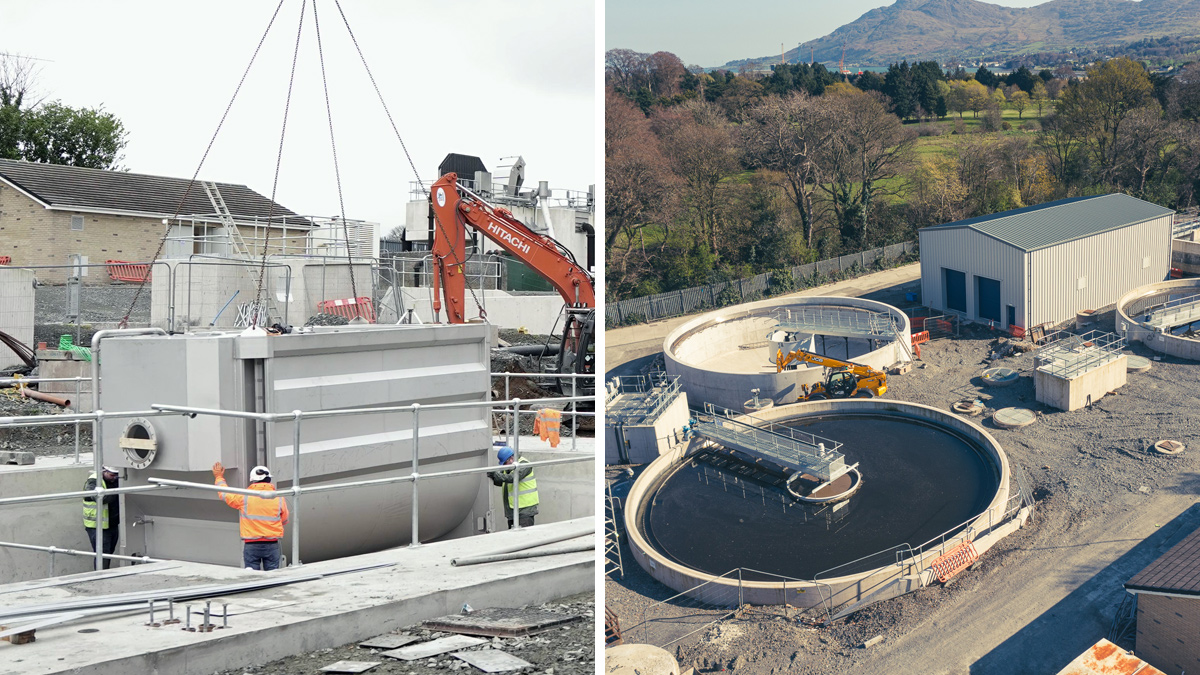
(left) Tertiary treatment unit being installed and (right) UV building and final settlement tanks – Courtesy of NI Water
Challenges
The main challenges faced during the delivery of the Warrenpoint Phase 2 scheme were a mixture of site-specific constraints and challenges experienced by the construction industry as a whole. Through a collaborative approach, the project team worked continually to achieve the project’s objectives.
Some of the challenges are noted below.
Construction of the second phase started in December of 2020 which meant Covid-19 still impacted progress. To reduce the risk to staff on site, mitigations from Phase 1 were kept in place. Actions such as social distancing, adding screens to areas where aerosol pose a risk (inlet works, inlet reception chamber, FE backwash), and wearing additional PPE such as masks were kept in place to ensure safety at the site. Despite these safety measures halting progress, especially with limited staff being able to interact with each other, the programme’s updated key milestones were still met.
A combination of the ongoing impact of COVID-19 on supplier productivity, restrictions associated with Northern Ireland protocol, and the impact of other global events at the time such as the war in Ukraine, led to a perfect storm of events which had a significant impact on both price and programme, and was subsequently a significant challenge to overcome.
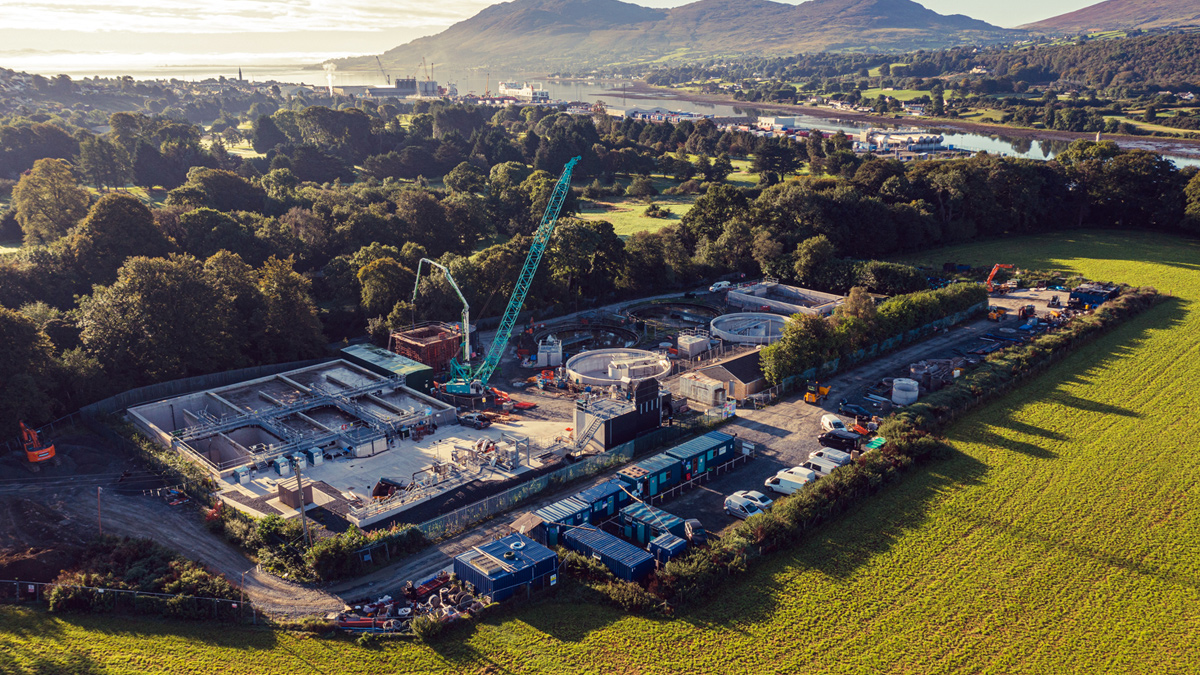
Sludge holding facilities under construction – Courtesy of NI Water
The project team, and in particular the civil and MEICA contractor, worked hard to overcome supply chain issues. This involved developing a high degree of flexibility in the programme and delivery strategy to ensure that longer delivery times could be mitigated to ensure that the impact on the critical path could be minimised. NI Water also implemented measures to deal with the unprecedented levels of inflation that were being observed in the construction industry. This encouraged proactive discussion to mitigate the impact on price and programme and utilised an open-book approach to identify the real impact on projects and reimburse costs where required.
While Phase 1 was mainly constructed in areas of the site which were not in use, Phase 2 required the construction of a significant number of large structures in areas that contained the existing live treatment process, therefore careful phasing of the construction work was required. The main challenge involved the construction of the new final settlement tanks.
Two of the new final settlement tanks had to be built in a constrained area, where the redundant aeration tanks from the original works were located. Due to the depth of construction and the limited area, cofferdams were required to provide a safe excavation. During construction the existing settlement tanks, which were in close proximity to the new settlement tanks, had to be fully operational requiring careful demarcation of construction areas and NI Water operational areas.
The upgrades to the sludge handling facilities also required careful phasing as the new sludge holding tanks and sludge thickening facilities had to be constructed in the area where the existing sludge holding facilities were located. This required a detailed construction plan whereby the new facilities were constructed and brought online in stages, with new and existing facilities being used in different combinations during different stages of the process. The design had to account for the different pipework and valve configurations which would be required at each stage of the process, while ensuring that the final arrangement was as uncomplicated as possible.
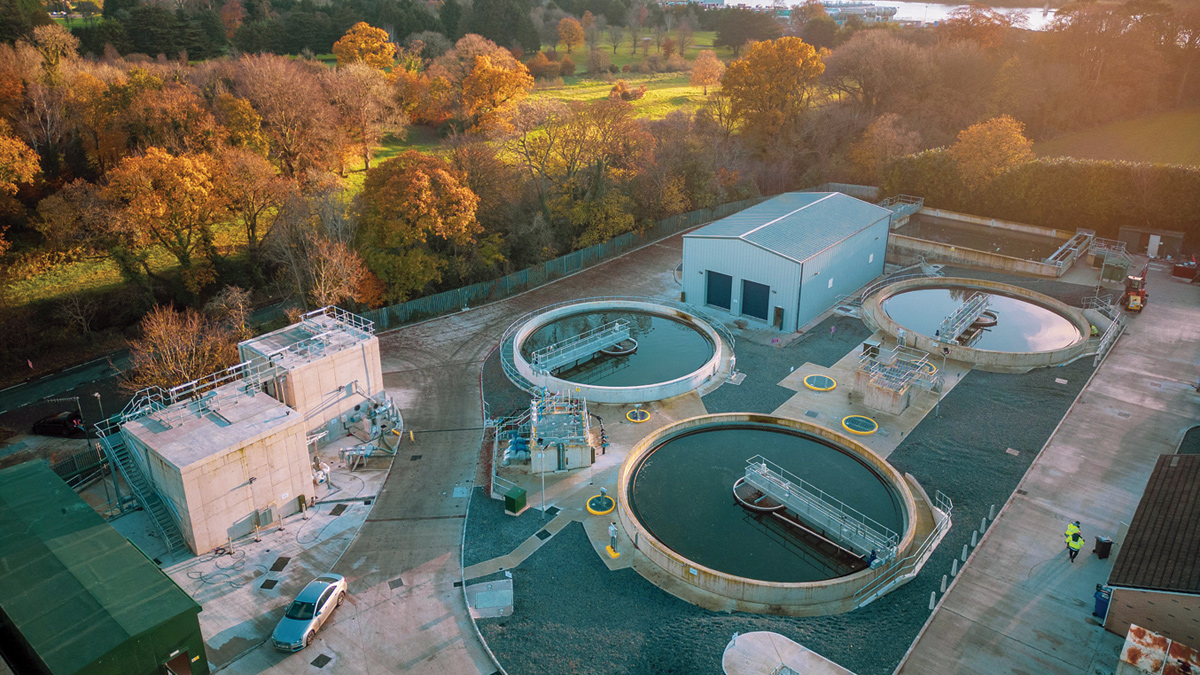
Phase 2 works nearing completion (November 2022) – Courtesy of NI Water
As a result of the two-phase delivery, careful consideration had to be given to the electrical upgrade which was required at the site. A new motor control centre (MCC) was required for the upgraded works which would control the equipment provided in both Phases 1 and 2. The new MCC was installed during Phase 1.
Any assets from the existing MCC that had to be retained, until the Phase 2 works were complete, were transferred across. This required meticulous planning, communications and numerous shutdowns of existing plant and equipment and recommissioning to facilitate transitioning across to the new MCC.
Subsequently, Phase 2 plant and equipment had to be commissioned on the new MCC, which again required meticulous planning to complete without adversely affecting the ongoing operation of the works.
An unexpected challenge occurred during the construction of the final settlement tanks, when a bird nest was found in the cofferdam sheet piles. A specialist ecological consultant was brought to site to complete a survey and it was found that the nest was active and contained eggs. It was determined that work on the settlement tanks could continue, however, the sheet piles could not be removed until the birds had flown the nest, which did impact the delivery programme.
Outcomes
The collaborative effort between NI Water, McAdam, GEDA Construction, Atkins and WSI resulted in the smooth completion of the programme and successful testing, commissioning, and handover to NI Water in December 2022.
The benefits of the new infrastructure were realised almost immediately, with sample results showing that the final effluent to Carlingford Lough is of a much higher quality as a result of the significant investment.
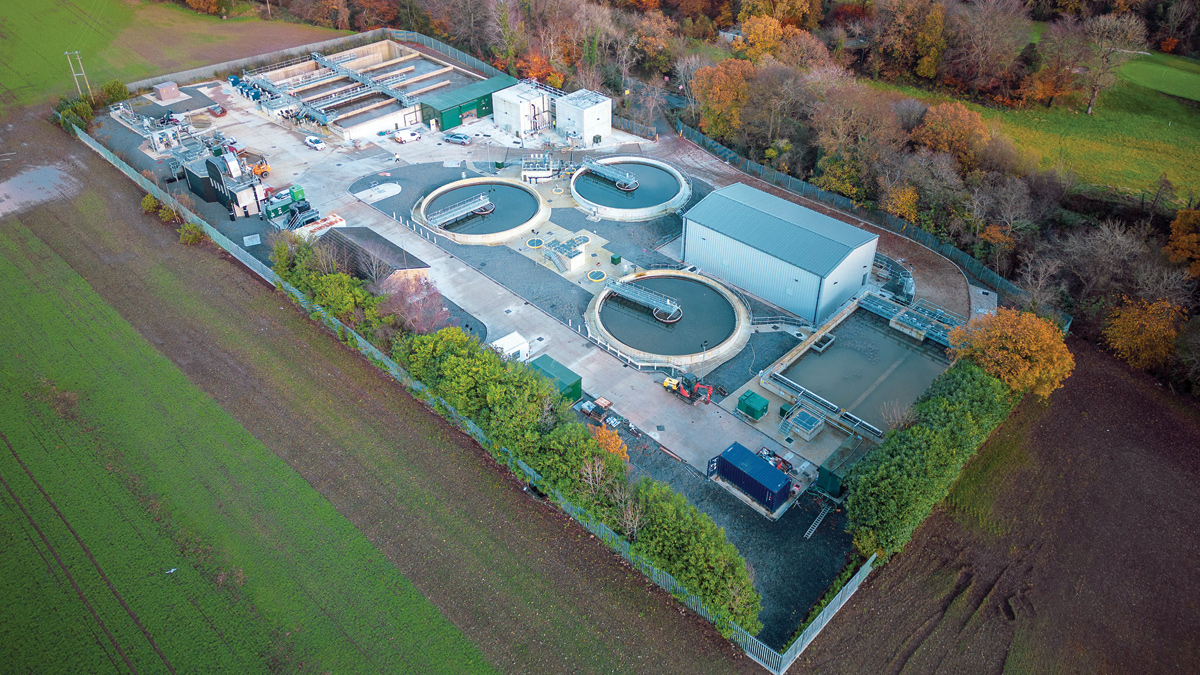
Warrenpoint WwTW – Courtesy of NI Water
The objectives of the Warrenpoint upgrade met over the two-phase delivery are:
- Improved inlet flow management and effective use of storm storage facilities during periods of heavy/prolonged rainfall.
- Alleviated pollution resulting from unsatisfactory loss of biological loading to Carlingford Lough.
- Improved water quality within Carlingford Lough through enhancement of the treated effluent quality.
- Provided a solution that offers flexibility and reliability and capable of serving the catchment needs over a 25-year project horizon.
- Provided a works that complies with all relevant water industry specifications and NI Water asset design standards.
- Provided a works which increases operational efficiency.
- Provided additional treatment capacity thereby facilitating housing and trade growth within the area.
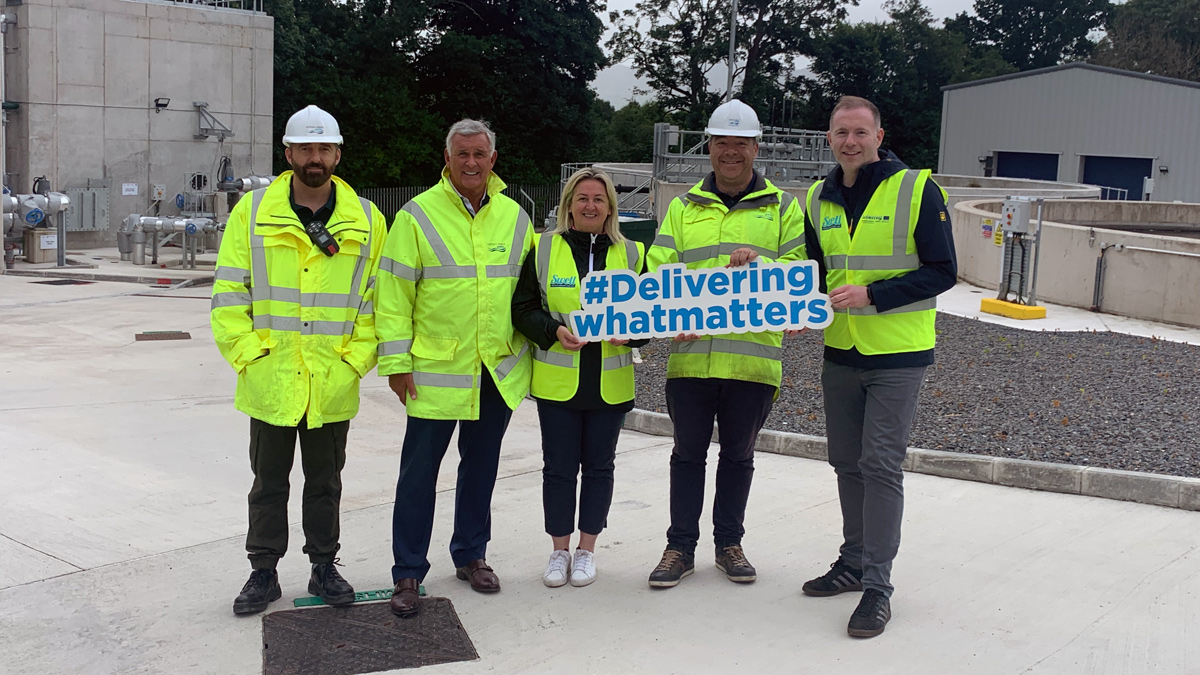
Local MP and MLA are given a tour of the completed site by NI Water staff - Courtesy of NI Water






